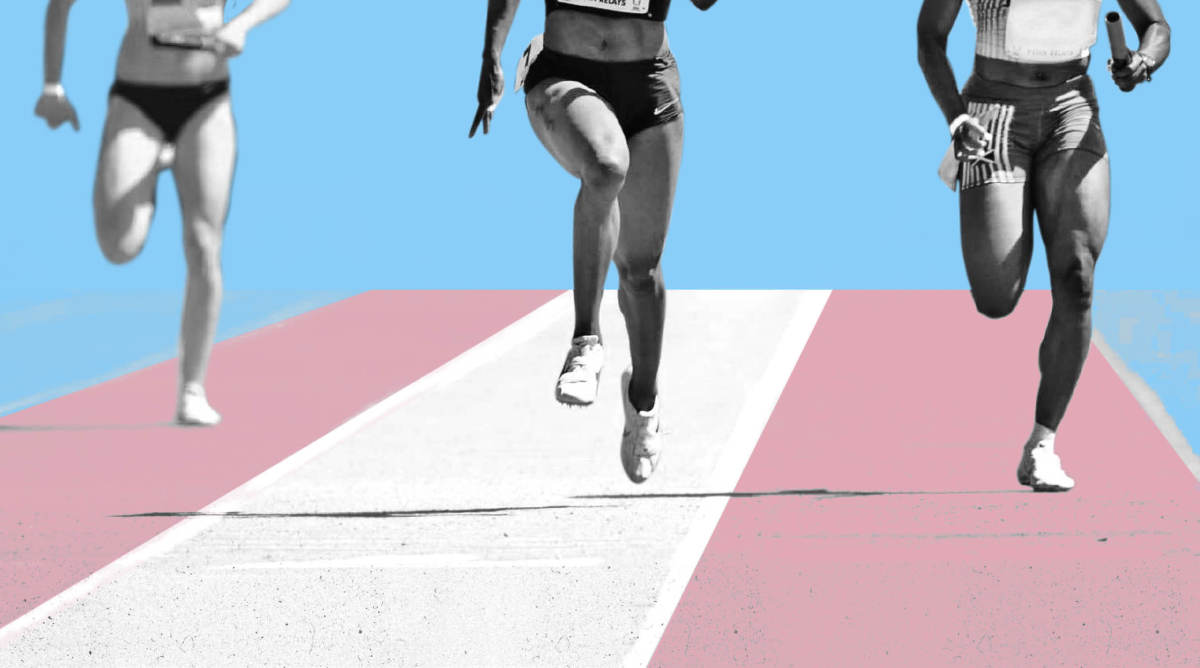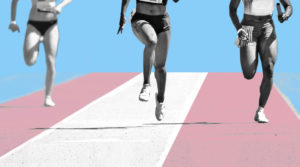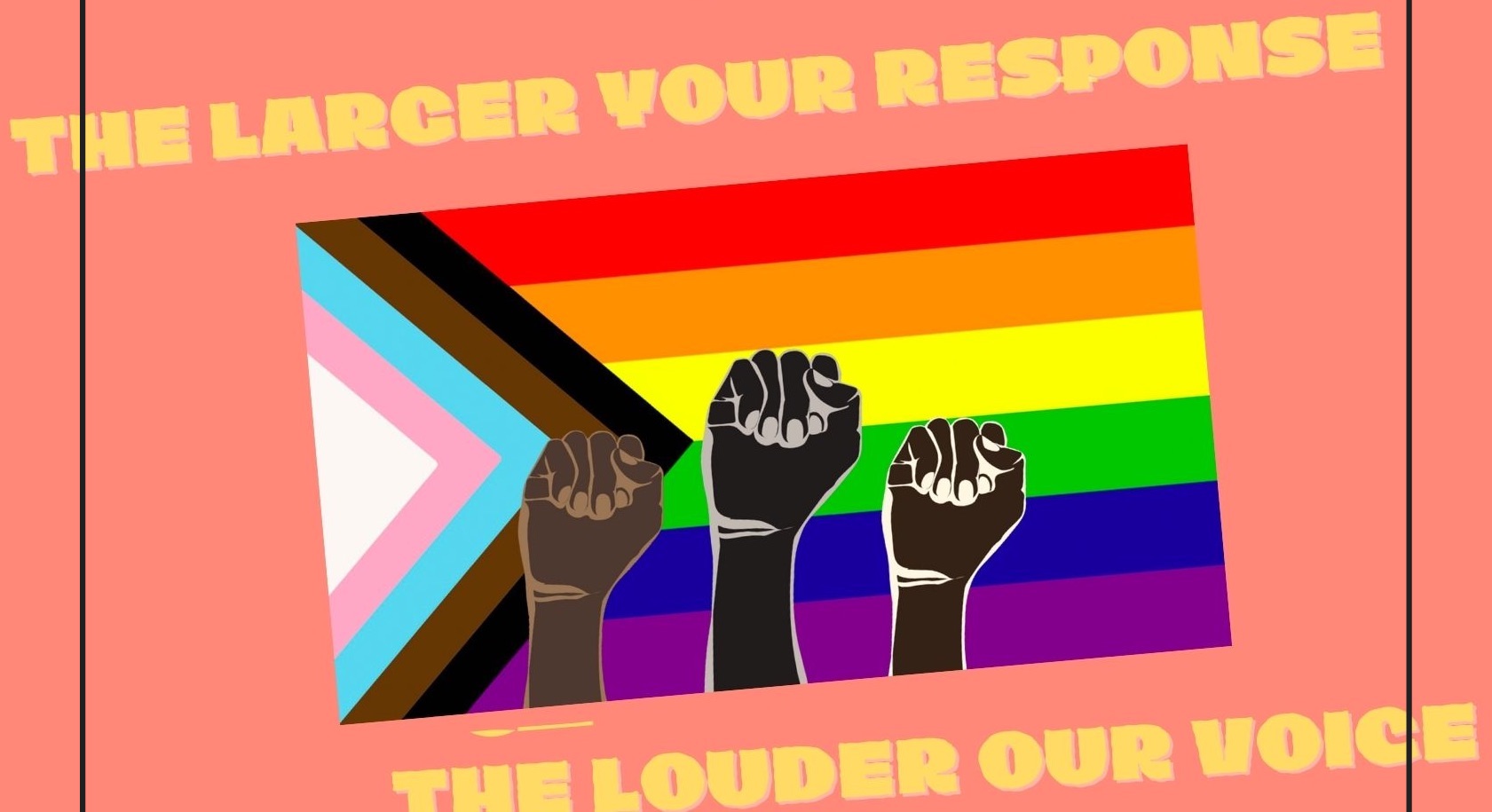

A Preventable Trauma: The Urgent Need to Expand Gender Diversity in Neurologic Health care
Originally published in: Neurology Blogs, Voices: Lived Experience

Mackenzie P Lerario, MD, NYS CRPA/CPS-p
American Academy of Neurology, Emerging Leaders Program
We are at the precipice of an emerging professional and public health care crisis within neurology. We are at a time when the number of Americans who self-identify as transgender is quickly increasing; as many as one in fifty members of Generation Z are transgender.1
However, we do not have the infrastructure or training necessary to accommodate this incoming surge of gender-expansive patients into our neurologic practices.
The Human Rights Campaign annually publishes a Healthcare Equality Index, which allows for hospitals and health care systems to voluntarily participate in surveys of their transgender employee and patient care practices. In 2020, only half of participants indicated that their facility has policies aimed at “eliminating bias and insensitivity, and ensuring appropriate, welcoming interactions with transgender patients.”2 Furthermore, a large, representative survey of 6,450 transgender Americans demonstrated that one in five transgender patients are refused care due to their gender identity, and half found it necessary to teach their medical providers about transgender care during appointments.3
This is no different in the neurologic professions. A 2019 survey of a representative, random sample of 1,000 American Academy of Neurology members showed that more than 40% of participants were unaware how gender identity may impact the management of neurologic illness.4 These awareness gaps are not surprising since there are no required educational or competency standards for the care of transgender neurologic patients in our profession,5 which is in contrast to a growing body of literature that transgender neurology is an important part of our clinical practice.6 If we do not immediately begin to make progressive changes to our clinical care, medical education, and research, we will remain grossly unprepared to treat a large and growing segment of our patient population.
As a transgender neurologic patient and practitioner, these statistics are personally significant to me, as my lived experience (which I now prefer to name ‘lived expertise’) is consistent with these data. The following is a common phone conversation I have had with multiple health care providers in the early stages of my gender transition:
Me: “I am transgender and looking to make an appointment with [provider’s name]. Does [he/she/they] accept transgender patients?”
Practice: “No, [provider’s name] does not see transgender patients.”
Me: “Does that not come off to you as discriminatory?”
Practice: <hang up> or “Wouldn’t you want to see a provider who knows how to treat transgender patients?”
Since this time, I have learned that I must travel far distances to see providers competent to provide my health care. Additionally, I must painstakingly vet any new providers through online forums that specifically cater to the transgender community or through recommendations from transgender community members with lived expertise as a patient under said providers. I have found many times that those who advertise themselves as practitioners serving the transgender community may have limited or no training and professional experience actually treating transgender patients. My experience with these providers were mainly harmful. This professional mistreatment ranged broadly from microaggressions to blatant harassment. For example,
- Providers assumed my sex, gender, and pronouns based on my physical appearance.
- Providers were unable to adapt to my correct pronoun usage, and I was publicly mis-pronouned in waiting rooms, typically without an apology when I requested one.
- Providers invalidated or frankly questioned my lived expertise as untruthful.
- Providers asked questions irrelevant to the reason for my visit. I believe this typically satisfied their curiosity about my sexuality or genitalia (as this was often the content of the questions).
- Providers have yelled at me during an appointment.
- Providers have called me transphobic slurs, and I experienced increased mis-pronouning when I pointed out a provider’s mistakes or requested an apology.
I have specific trauma from my experiences as a transgender patient within our healthcare system. I avoid seeing providers for routine and preventative care. I often require additional psychotherapy services to address my health care trauma around times I am specifically mistreated by health care professionals who took an oath designed to protect my rights as a human being.
This trauma is not always because I am mistreated in the first place. It is more the result of health care providers’ ignorance to their own biases in a cisgender-dominated profession which has historically promoted an acceptable, systemic standard that the transgender patient needs to change their expectations, rather than the provider making the necessary adjustments to treat the patient with the humanity, dignity, professionalism and respect they deserve. As a vulnerable community member from a historically-marginalized group, I take great risk by educating or asking for an apology when a clinical provider mistreats me. And I often have no recourse through traditional structures where I can insist on holding healthcare providers accountable or receive an apology when I am grossly mistreated as a patient.
These problem statistics are not just a faceless noise in a rising sea of meaningful use and required educational modules. We are actively harming the patients we intend to serve, and some of our most vulnerable patients are afraid to even say the word “transgender” in our presence. We cannot partition our patients to treat only those parts of their identity with which we are comfortable; we must treat the whole patient and better understand their experiences within a largely unjust environment.
I encourage those in our profession to join me as allies (and accomplices) and to take action against this urgent and evolving public health crisis facing our transgender patients. Spend time learning about the transgender community and transgender patients, and do not ask our transgender co-workers to help us with this self-work without paying for their lived expertise. We should correct our co-workers who persistently call a colleague or patient by the wrong pronouns or name.
The work of deconstructing our implicit biases should be performed on our own time. We should do this not just because it is the right thing to do, or because we care about our patients and colleagues who are transgender, or because we feel shame or social pressure to do so. We should do this because we have a professional standard and obligation to care for our patients without harming them through documentable health care trauma. And in my lived expertise, and based on many objective data cited herein, we are unwittingly and unintentionally harming our transgender patients if we do not take immediate and ongoing action in order to continuously adapt our professional culture to the demands of an ever-changing world.
References:
- Jones JM. LGBT Indentification Rises to 5.6% in Latest U.S. Estimate. Gallup, Inc. February 24, 2021. Accessed August 12, 2021. https://news.gallup.com/poll/329708/lgbt-identification-rises-latest-estimate.aspx
- Human Rights Campaign. Healthcare Equality Index 2020. Washington, DC: Human Rights Campaign Foundation. Accessed August 26, 2021. https://www.hrc.org/resources/healthcare-equality-index
- James SE, Herman JL, Rankin S, Keisling M, Mottet L, Anafi Ma. The Report of the 2015 U.S. Transgender Survey. Washington, DC: National Center for Transgender Equality. 2016. Accessed August 26, 2021. https://transequality.org/sites/default/files/docs/usts/USTS-Full-Report-Dec17.pdf
- Rosendale N, Ostendorf T, Evans DA, et al. American Academy of Neurology members’ preparedness to treat sexual and gender minorities. Neurology 2019;93(4):159-166. doi:10.1212/WNL.0000000000007829
- Caceres BA, Streed CG, Corliss HL, et al. Assessing and Addressing Cardiovascular Health in LGBTQ Adults: A Scientific Statement From the American Heart Association. Circulation 2020;142(19):e321-e332. doi:10.1161/CIR.0000000000000914
- Rosendale N, Wong JO, Flatt JD, Whitaker E. Sexual and Gender Minority Health in Neurology: A Scoping Review. JAMA Neurol 2021;78(6):747–754. doi:10.1001/jamaneurol.2020.5536





